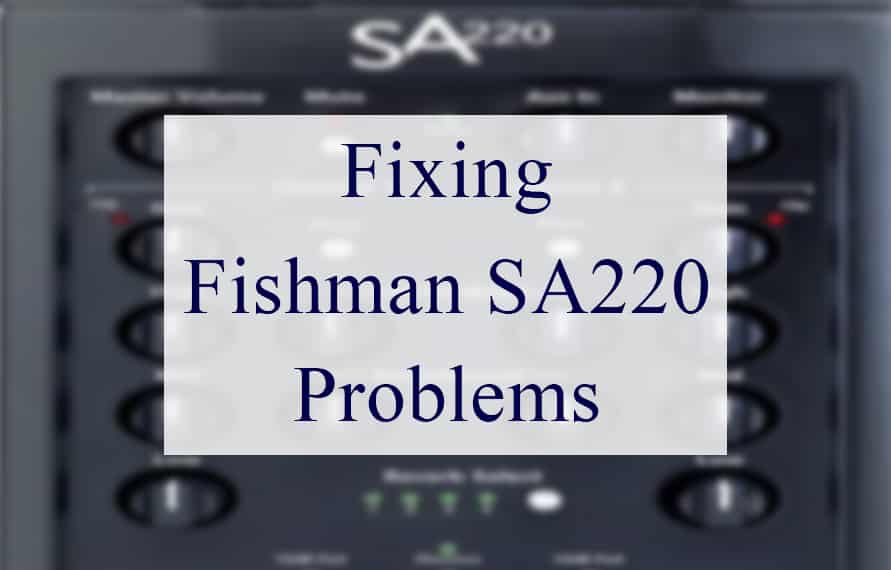
The guitar stands tall among all the musical instruments, thanks to its versatility and accessibility. It has been popular throughout music history. Whether you want to play rhythm or melodies, the guitar is always up for the task. It is more portable than many other musical instruments, making it an ideal travel partner.
With technological advancements, the industry has seen many tools to enhance a guitar’s playability. A solo guitar performance system is one of them. It is a highly advanced tool with everything you need to rock your performances. It helps you craft the perfect sound while also being portable at the same time.
If you have done some research on solo guitar performance systems, you must have read about Fishman. The company was established decades ago with the aim of helping musicians, and it has done just that over the years.
Manufactured by Fishman, The Fishman SA 220 solo guitar performance system is an innovative performance system that comes with six custom drivers. It gives you more horizon dispersion and a deeper sound penetration than traditional combo amplifiers.
The unit is lightweight and easy to carry, making it a great choice for musicians who travel often. Having said that, if you want to purchase the Fishman SA 220 solo system, you must know its common problems and their solutions. So, does the Fishman SA 220 solo system show any problem? If yes, how to fix them?
Today, we will take you through some common Fishman SA220 solo system problems, and their tried and tested solutions. Let’s delve further without any further ado!
How to Solve Fishman SA220 Problems
Here are a few common Fishman SA220 problems and easy ways to fix them.
- Static Problem
Static problems are quite common with the Fishman SA 220 solo system. Many users reported that the solo system starts giving static hissing noise as soon as they turn it on. To worsen the situation, it does not go away and gets even more aggressive at a higher volume.
If you hear a static hissing, the fuse of your Fishman SA 220 solo system is the first thing to check. Like other solo systems, the SA 220 also uses a fuse to protect its circuit. In case of excessive current flowing through the circuit, it blows away to keep your solo system safe.
So, how to check the fuse of your Fishman SA 220 solo system first? Well, a visual inspection can also tell you about its condition, but it is a good rule of thumb to use a multimeter if you have one. Start by removing the fuse holder with a screwdriver. It is a simple process and will only take a minute or two.
If you are unsure about the fuse holder’s location, it is a good idea to refer to the operator manual. It will have all the instructions regarding the fuse, such as its voltage. Once you have removed the fuse holder, take off the fuse and test it with a multimeter.
And yes, do not forget to set it to the acoustic signal mode; alternatively, you can also set its range to 2000 ohm. The multimeter will beep to indicate a connection between the pins. On the other hand, if your fuse is broken, there will be no connection, and the multimeter won’t give any reading either.
If your fuse has gone bad, get a new fuse of the same voltage and place it in the fuse holder. Then put it back into its place using a screwdriver. Once you have replaced the fuse, turn on your Fishman SA 220 solo system and see if you still get the same issue.
Apart from that, sometimes, the problem is not with the hardware but the software. So, make sure to configure your Fishman SA 220 solo system correctly. That will most likely fix the problem.
- Connectors Getting In
It is seen that the connectors of the Fishman SA 220 solo system get in when you push the jacks too hard. This often leads to connectivity problems when connecting a device to your solo system. Therefore, it is advised to use the system carefully to avoid this problem. Furthermore, make sure that your jack is not loose.
Pushing it too hard can loosen it, which may also lead to distortion in your tone. If this problem occurs, there is nothing much you do about it. So, it would be best to contact a professional and get your Fishman SA 220 solo system inspected.
- Losing Power
Power loss does not occur often, but when it does, it can be a nightmare for the player. Sometimes, you may notice that your Fishman SA220 system is losing power, and you are not getting the perfect audio quality and sound levels even if you have it cranked to the highest volume.
Dirty connectors are the common reason for the power loss problem. So, check to see if your connectors need cleaning. If they do, get an electric board cleaner and clean your amp with it. And yes, be careful while using the spray cleaner as spraying too much can also damage your system.
If done properly, it will fix the power loss issue. Worn-out cables can also cause this problem. Remember that cables are crucial for the proper working of your Fishman SA 220 solo system. They must be intact, or else you may face problems. So, inspect your cables and make sure they are in good condition.
In addition, purchase high-quality cables to use with your Fishman SA 220 solo system. They may cost you a few extra bucks, but their guaranteed results mean that the cake is worth a candle.
- Overheating
Overheating is a common problem in all solo performance systems. It is completely normal as the tubes in these systems tend to heat up over time. The Fishman SA 220 solo system is capable of handling it produced during the operation.
However, if you have constantly been overusing it for a long time, your system will have to work harder, often leading to overheating. It indicates that you are pushing your system past its limit. So, turn it off and give it some time to rest to bring it back to normal.
The other components may take a hit if you throw caution to the wind and keep using your Fishman SA 220 solo system despite overheating. Capacitors and fuses will be affected the most, and you will have to change them now and then. Cleaning the system has also shown great results against overheating.
If your Fishman SA 220 solo system needs cleaning and dust has accumulated on its surface, disassemble it and clean it with a cleaner spray. Reassemble everything after cleaning it and see if it fixes the problem.
The Bottom Line
The Fishman SA 220 solo system is among the most widely used solo guitar performance systems, thanks to its excellent tonal quality. However, it also has its fair share of problems. It may start giving a static hissing noise or may lose power or overheat sometimes.
We have mentioned some viable fixes for these problems. Consider trying them before contacting Fishman customer care service.

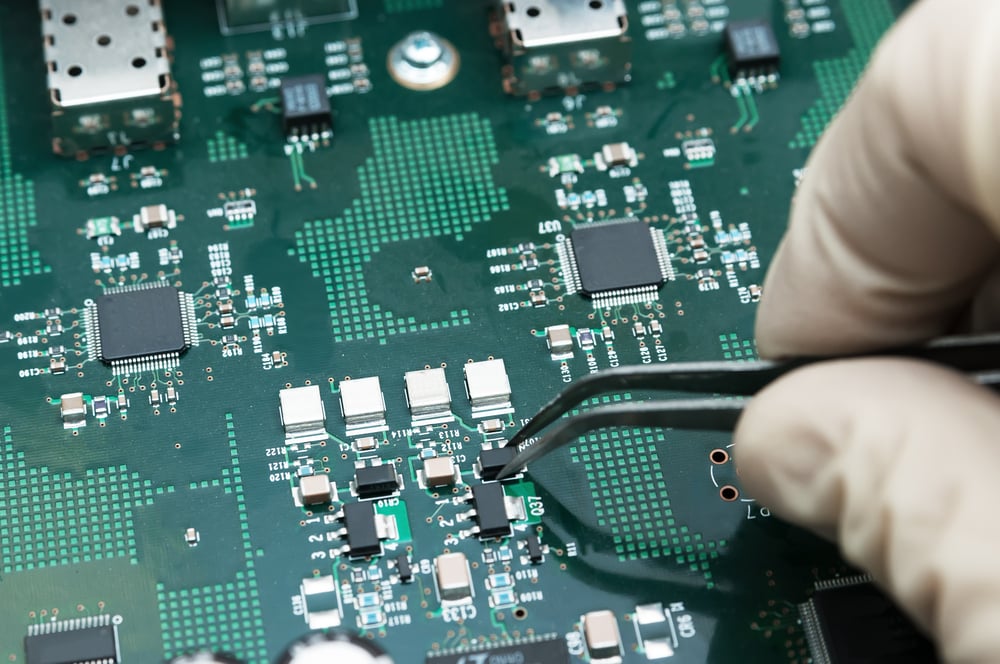
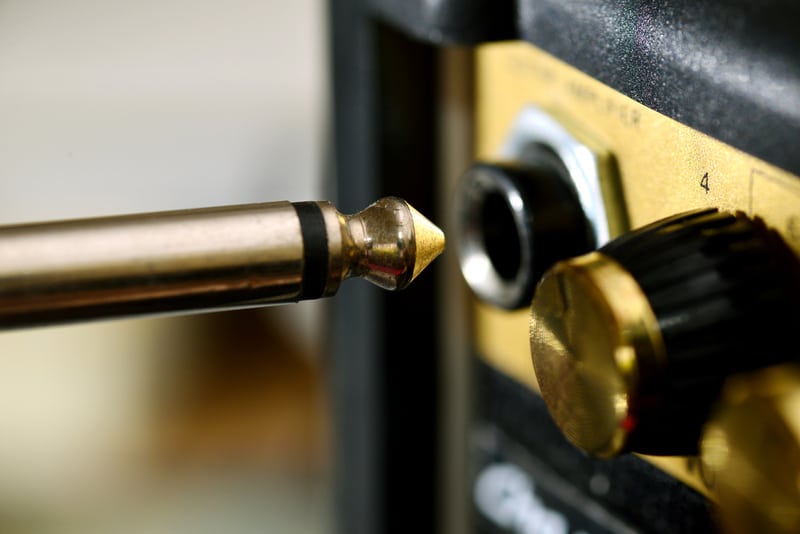
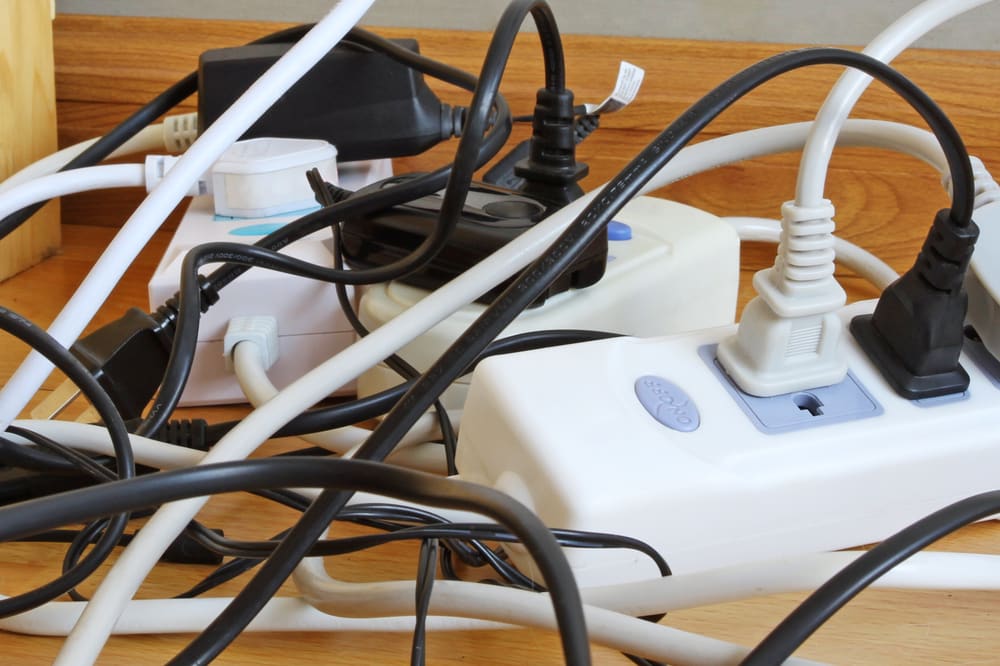
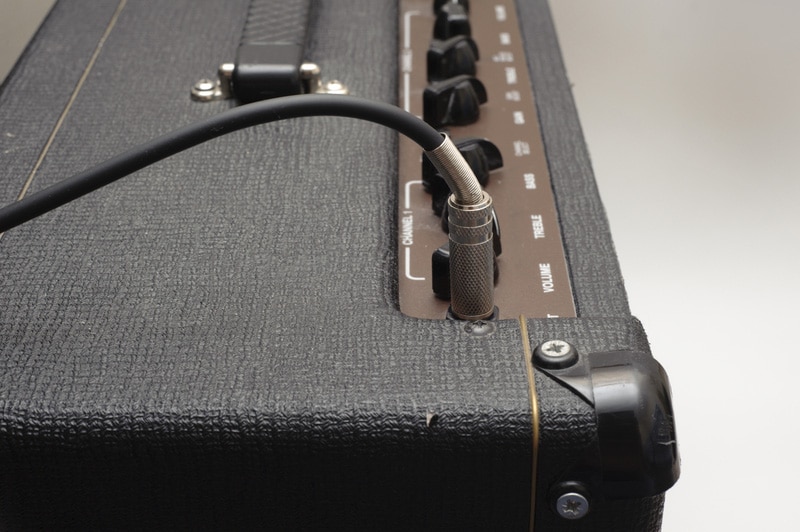
It’s just popping and cracking when using a guitar in the left front input. With zero sound besides that, no guitar sound at all. Any advice? Thanks!